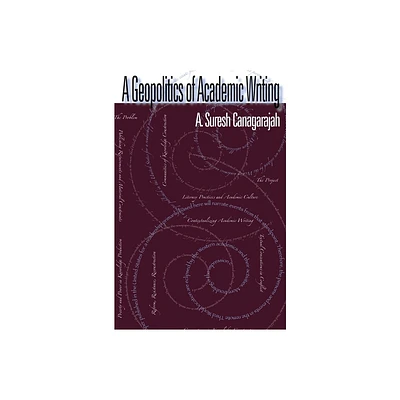Home
Fandom Culture and The Archers: An Everyday Story of Academic Folk
Loading Inventory...
Barnes and Noble
Fandom Culture and The Archers: An Everyday Story of Academic Folk
Current price: $25.99


Barnes and Noble
Fandom Culture and The Archers: An Everyday Story of Academic Folk
Current price: $25.99
Loading Inventory...
Size: OS
*Product Information may vary - to confirm product availability, pricing, and additional information please contact Barnes and Noble
The first academic study of the phenomenon of The Archers fandom from the fans themselves. The fourth instalment in the Academic Archers collection,
Fandom Culture and The Archers
looks beyond the popular success of the Archers to explore how the program, and the themes it discusses, are used in teaching, learning, research and professional settings, and how the Academic Archers fandom helps shape these real life impacts.
The chapters explore first the nature of Archers fandom, looking at how academic fans of the show have translated the storylines and issues discussed into theoretical tools, exploring topics from therapy, to the evolution of listening to the show in the digital age. The authors then turn their attention to the use of The Archers in educational and professional settings, exploring its use in both formal educational settings, and in community-led art projects, as well as the show’s engagement with and potential impact on feminism.
Providing the reader with increased insight on the impact of the Archers beyond popular culture,
is essential reading for fans of the show and fandom and cultural studies scholars alike.
Fandom Culture and The Archers
looks beyond the popular success of the Archers to explore how the program, and the themes it discusses, are used in teaching, learning, research and professional settings, and how the Academic Archers fandom helps shape these real life impacts.
The chapters explore first the nature of Archers fandom, looking at how academic fans of the show have translated the storylines and issues discussed into theoretical tools, exploring topics from therapy, to the evolution of listening to the show in the digital age. The authors then turn their attention to the use of The Archers in educational and professional settings, exploring its use in both formal educational settings, and in community-led art projects, as well as the show’s engagement with and potential impact on feminism.
Providing the reader with increased insight on the impact of the Archers beyond popular culture,
is essential reading for fans of the show and fandom and cultural studies scholars alike.


















